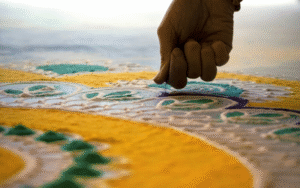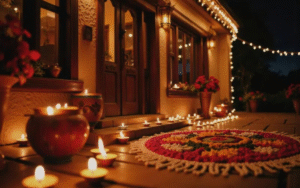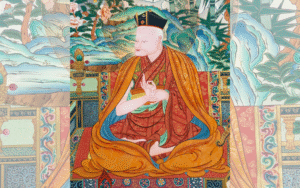Teej in Nepal: Rituals, Food, and Festive Joy
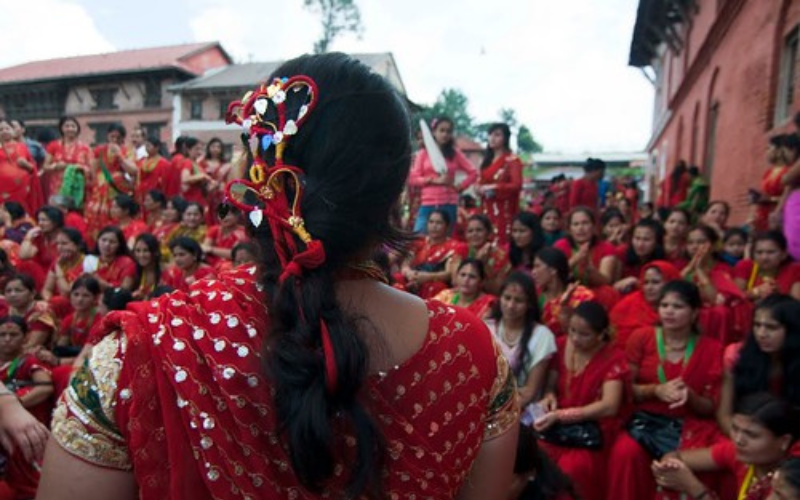
Teej is one of the most important Hindu festivals for women in Nepal. Dedicated to Goddess Parvati and Lord Shiva, it is a time of devotion, prayer, and cultural celebration. Women observe fasting during Teej, praying for marital happiness, family well-being, and spiritual renewal. Beyond the rituals, the festival also highlights togetherness, joy, and community spirit.
How to Make Teej Fun
While Teej holds deep spiritual meaning, it is equally a time for celebration. Many women want to make their day joyful. So, here are the BUZZ tips to make your day special and fun!
Dress Up Together

Wearing red saris, green bangles, and jewelry is one of the most recognizable parts of Teej. Many women gather with friends or family to get ready together, sharing laughter and stories as they prepare. Dressing up in traditional attire creates a sense of unity and joy, while also keeping alive cultural traditions passed down through generations.
Sing and Dance
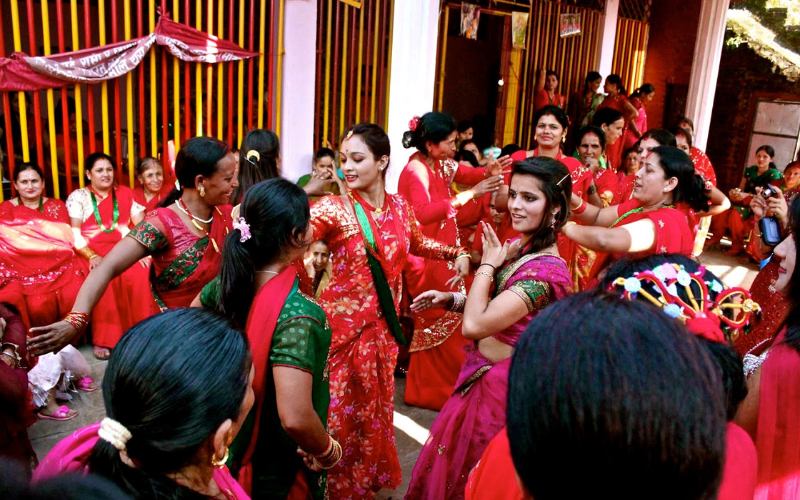
Music and dance are at the heart of Teej celebrations. Women often gather in courtyards, temples, or community halls to sing Sangini songs – folk songs that speak of love, devotion, and everyday life. The singing is often accompanied by traditional dances, turning the day into a celebration of sisterhood and cultural expression. It’s not just entertainment, it’s a way to connect with heritage.
Cook Together
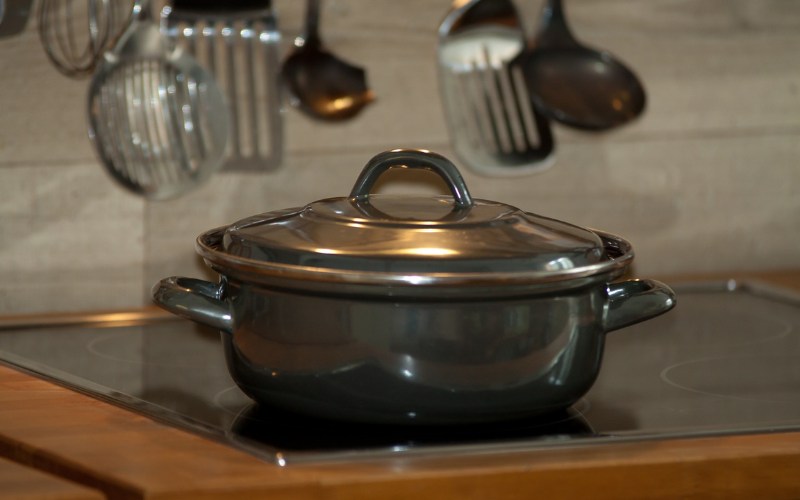
Food plays a big role in Teej, especially on Dar Khane Din, the feast day before fasting begins. Preparing dishes together with mothers, sisters, or friends is part of the joy. Cook traditional items like sel roti, puri, curries, yogurt, fruits, and sweets with your family. Cooking together strengthens family bonds and makes the meal more meaningful, as everyone contributes to the celebration.
Temple Visit
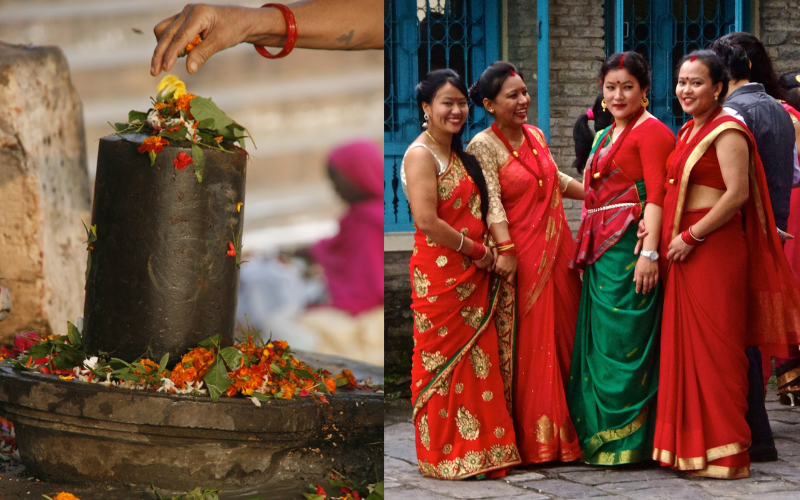
A group visit to the temple, especially to Pashupatinath or local Shiva shrines, is central to Teej. Women dress in red and gather to offer prayers, flowers, fruits, and sweets to Lord Shiva. Visiting the temple together adds a sense of community and shared devotion, making the rituals more powerful. Even those who cannot reach Pashupatinath often visit smaller neighborhood temples to join in prayers.
Create Modern Traditions
While fasting and prayers remain central, many women are finding new ways to celebrate. Some exchange small gifts with friends as tokens of sisterhood, while others organize storytelling sessions where older women share memories of Teej from their youth. In recent years, taking group photos or even arranging themed photoshoots in traditional attire has become popular, creating modern memories while honoring traditional values.
Balance Health and Devotion
Fasting is an important part of Teej, but it can be challenging for everyone. Women today are finding ways to balance devotion with their health. For some, this means drinking water or eating fruits instead of strictly avoiding food and water. The idea is that devotion and intention matter more than physical strain. This balance allows more women to participate fully in the festival without risking their well-being.
Teej is more than just a festival of fasting. It is a blend of faith, culture, and joy, reminding people of Goddess Parvati’s devotion and the importance of family and community bonds. With its mix of rituals, food, music, and togetherness, Teej continues to be a festival where women not only pray but also celebrate life with laughter, song, and dance.
Also Read
Project Deepak Premiere Sheds Light on Fire Victims
Chef Avanish Jain’s Yak Cheese Stuffed Quinoa & Spinach Sphere



